Ranjan Jha
CSIR, AcSIR
Workspace Analysis for Laparoscopic Rectal Surgery : A Preliminary Study
Feb 22, 2024Abstract:The integration of medical imaging, computational analysis, and robotic technology has brought about a significant transformation in minimally invasive surgical procedures, particularly in the realm of laparoscopic rectal surgery (LRS). This specialized surgical technique, aimed at addressing rectal cancer, requires an in-depth comprehension of the spatial dynamics within the narrow space of the pelvis. Leveraging Magnetic Resonance Imaging (MRI) scans as a foundational dataset, this study incorporates them into Computer-Aided Design (CAD) software to generate precise three-dimensional (3D) reconstructions of the patient's anatomy. At the core of this research is the analysis of the surgical workspace, a critical aspect in the optimization of robotic interventions. Sophisticated computational algorithms process MRI data within the CAD environment, meticulously calculating the dimensions and contours of the pelvic internal regions. The outcome is a nuanced understanding of both viable and restricted zones during LRS, taking into account factors such as curvature, diameter variations, and potential obstacles. This paper delves deeply into the complexities of workspace analysis for robotic LRS, illustrating the seamless collaboration between medical imaging, CAD software, and surgical robotics. Through this interdisciplinary approach, the study aims to surpass traditional surgical methodologies, offering novel insights for a paradigm shift in optimizing robotic interventions within the complex environment of the pelvis.
Stacked Tensegrity Mechanism for Medical Application
Apr 04, 2022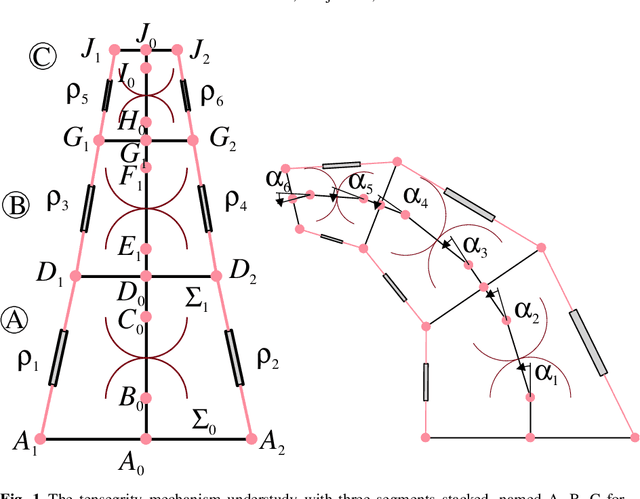
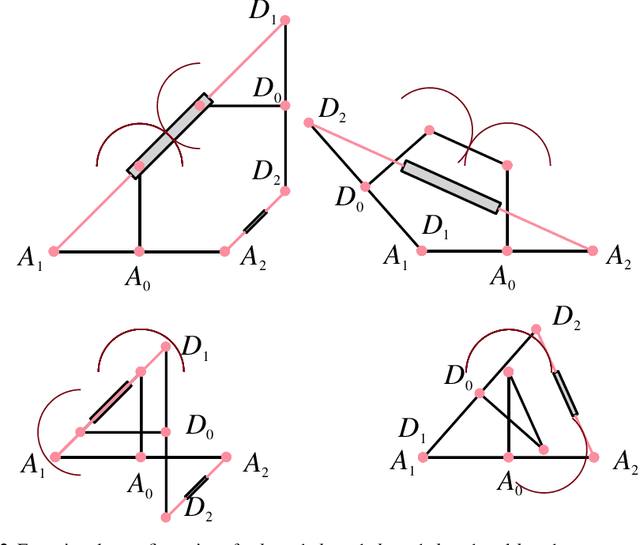
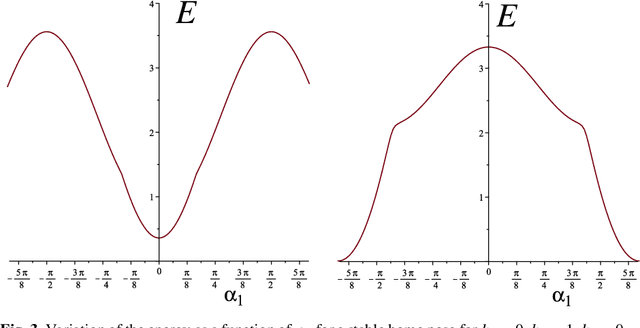
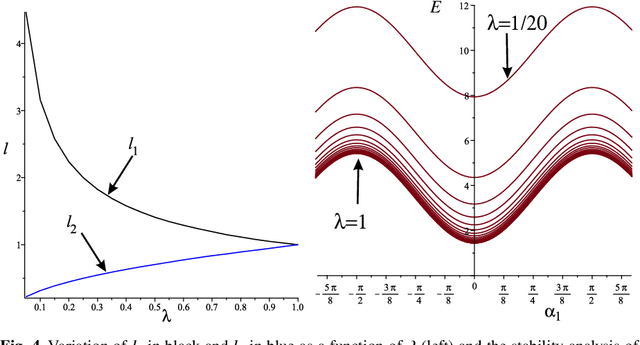
Abstract:In this article a multi-segmented planar tensegrity mechanism was presented. This mechanism has a three-segment structure with each segment residing on top of another. The size of the segments may decrease proportionally from base to top, resulting in a tapered shape from base to tip like an elephant trunk. The system was mechanically formulated as having linear springs and cables functioning as actuators. The singularities, as well as the stability of the parallel mechanism, were analyzed by using the principle of minimum energy. Optimization was also done to obtain the greatest angular deflection for a segment according to a ratio between the size of the base and the moving platform of the robotic system. The result of this work is a family of mechanisms that can generate the same workspace for different stability properties.
Kinematics and workspace analysis of a 3ppps parallel robot with u-shaped base
May 16, 2017



Abstract:This paper presents the kinematic analysis of the 3-PPPS parallel robot with an equilateral mobile platform and a U-shape base. The proposed design and appropriate selection of parameters allow to formulate simpler direct and inverse kinematics for the manipulator under study. The parallel singularities associated with the manipulator depend only on the orientation of the end-effector, and thus depend only on the orientation of the end effector. The quaternion parameters are used to represent the aspects, i.e. the singularity free regions of the workspace. A cylindrical algebraic decomposition is used to characterize the workspace and joint space with a low number of cells. The dis-criminant variety is obtained to describe the boundaries of each cell. With these simplifications, the 3-PPPS parallel robot with proposed design can be claimed as the simplest 6 DOF robot, which further makes it useful for the industrial applications.
An algebraic method to check the singularity-free paths for parallel robots
May 26, 2015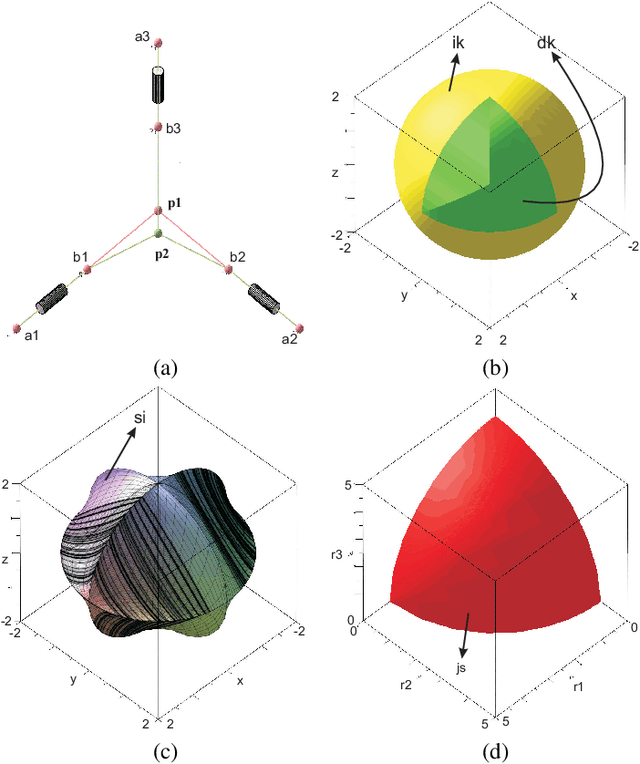
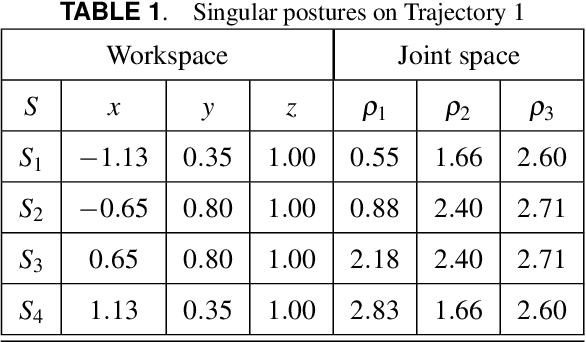

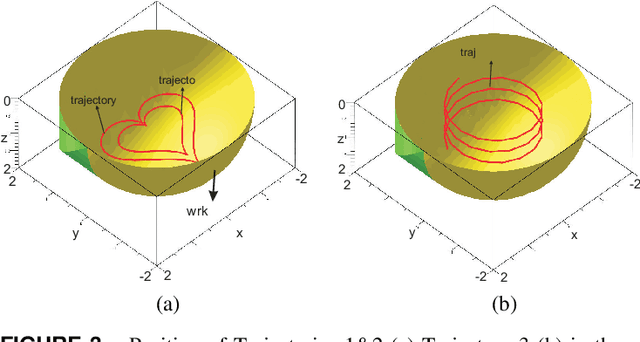
Abstract:Trajectory planning is a critical step while programming the parallel manipulators in a robotic cell. The main problem arises when there exists a singular configuration between the two poses of the end-effectors while discretizing the path with a classical approach. This paper presents an algebraic method to check the feasibility of any given trajectories in the workspace. The solutions of the polynomial equations associated with the tra-jectories are projected in the joint space using Gr{\"o}bner based elimination methods and the remaining equations are expressed in a parametric form where the articular variables are functions of time t unlike any numerical or discretization method. These formal computations allow to write the Jacobian of the manip-ulator as a function of time and to check if its determinant can vanish between two poses. Another benefit of this approach is to use a largest workspace with a more complex shape than a cube, cylinder or sphere. For the Orthoglide, a three degrees of freedom parallel robot, three different trajectories are used to illustrate this method.
Non-singular assembly mode changing trajectories in the workspace for the 3-RPS parallel robot
Mar 06, 2014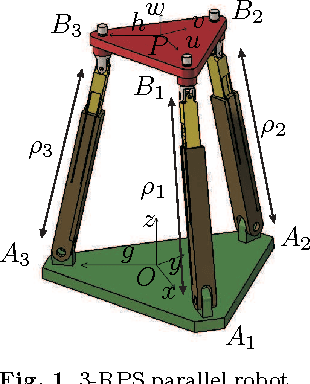
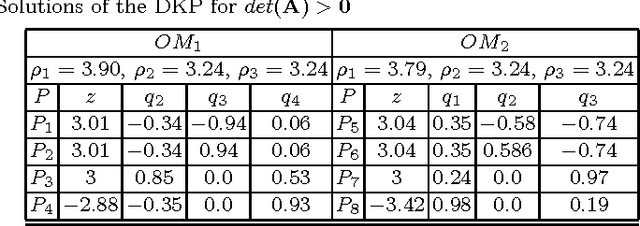
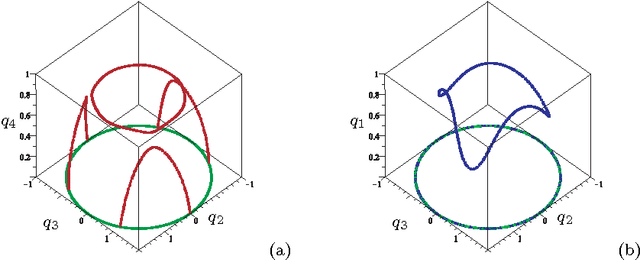
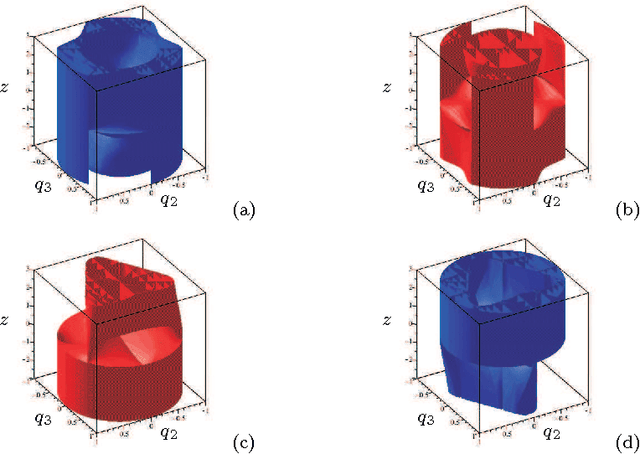
Abstract:Having non-singular assembly modes changing trajectories for the 3-RPS parallel robot is a well-known feature. The only known solution for defining such trajectory is to encircle a cusp point in the joint space. In this paper, the aspects and the characteristic surfaces are computed for each operation mode to define the uniqueness of the domains. Thus, we can easily see in the workspace that at least three assembly modes can be reached for each operation mode. To validate this property, the mathematical analysis of the determinant of the Jacobian is done. The image of these trajectories in the joint space is depicted with the curves associated with the cusp points.
 Add to Chrome
Add to Chrome Add to Firefox
Add to Firefox Add to Edge
Add to Edge